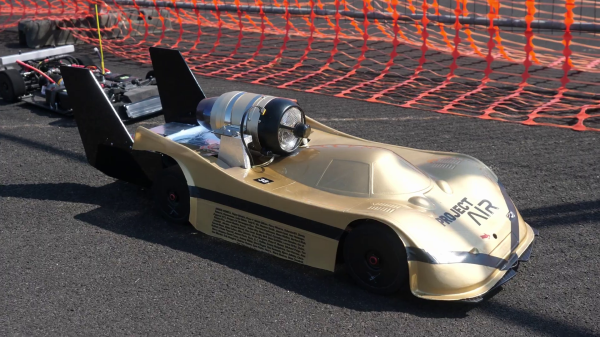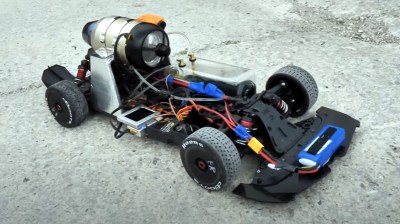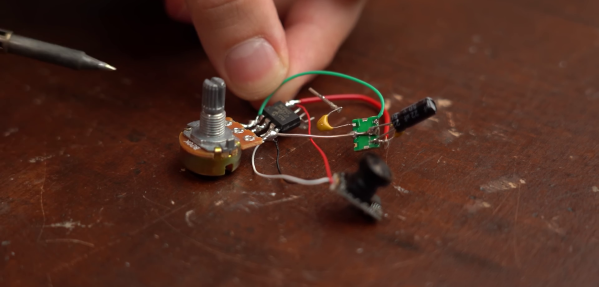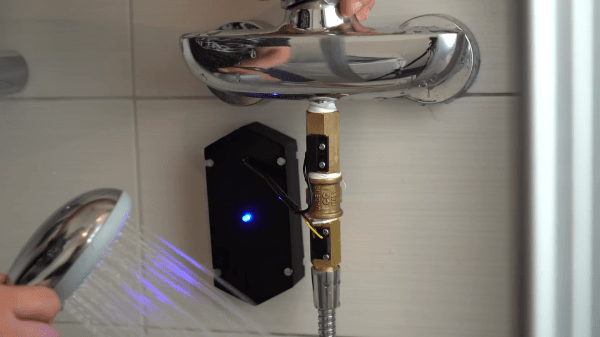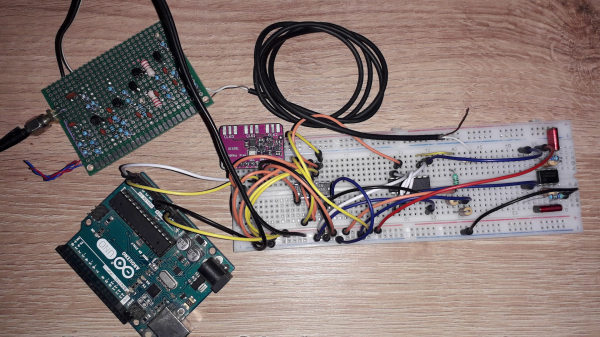If you need to squeeze every available watt out of a solar panel, you’ll probably want to look into a solar tracking system. Unfortunately, they are usually quite large, heavy, and expensive. As an alternative, [JP Gleyzes] has put together a DIY solar tracking system that aims to address these issues.
Starting with a 100 W flexible solar panel purchased during a Black Friday sale, [JP] first created a simple frame using 20 mm PVC tubing and a few 3D printed brackets. It mounts on a wooden base with a printed worm gear rotation mechanism, powered by a stepper motor. The tilt is a handled by a lead screw made from a threaded rod, connected between the wooden base and the top of the solar panel, and is also driven by a stepper motor.
For even more efficiency, [JP] also created an MPPT charge controller with companion app using an ESP32, modified 20 A buck converter, and current sensor module. The ESP32 also controls the stepper motors. The optimum angle for the solar panel determined using the date, time, and the system’s GPS position. [JP] had also created a simple Android app to calibrate the panels’ start position.
This project is a finalist in the Planet-Friendly Power challenge of the 2022 Hackaday Prize, and all the details to build your own are available on your project page. Looking at the size of the system, we suspect future iterations could be even smaller.
Continue reading “Hackaday Prize 2022: Compact Solar Tracking System Doesn’t Break The Bank”

